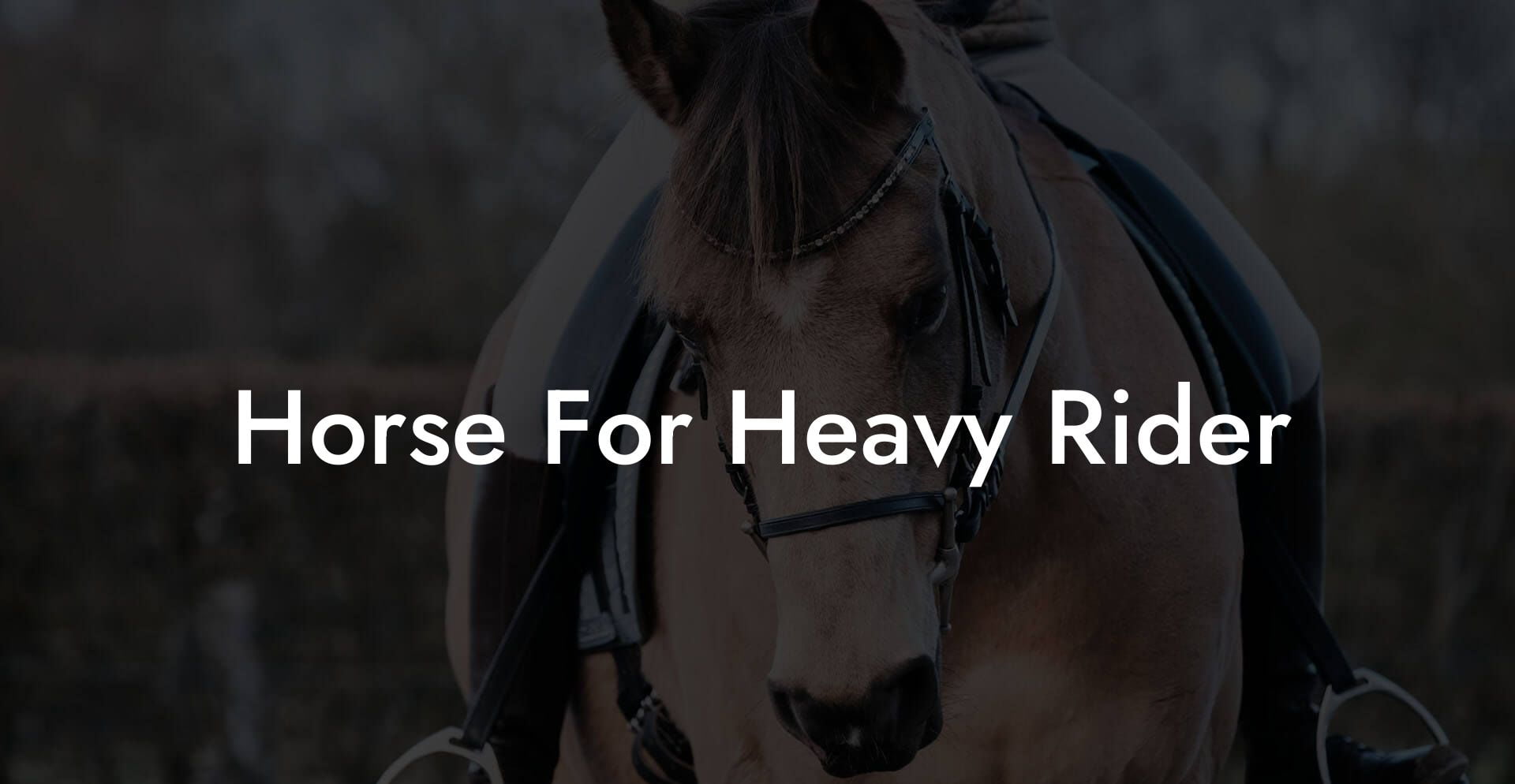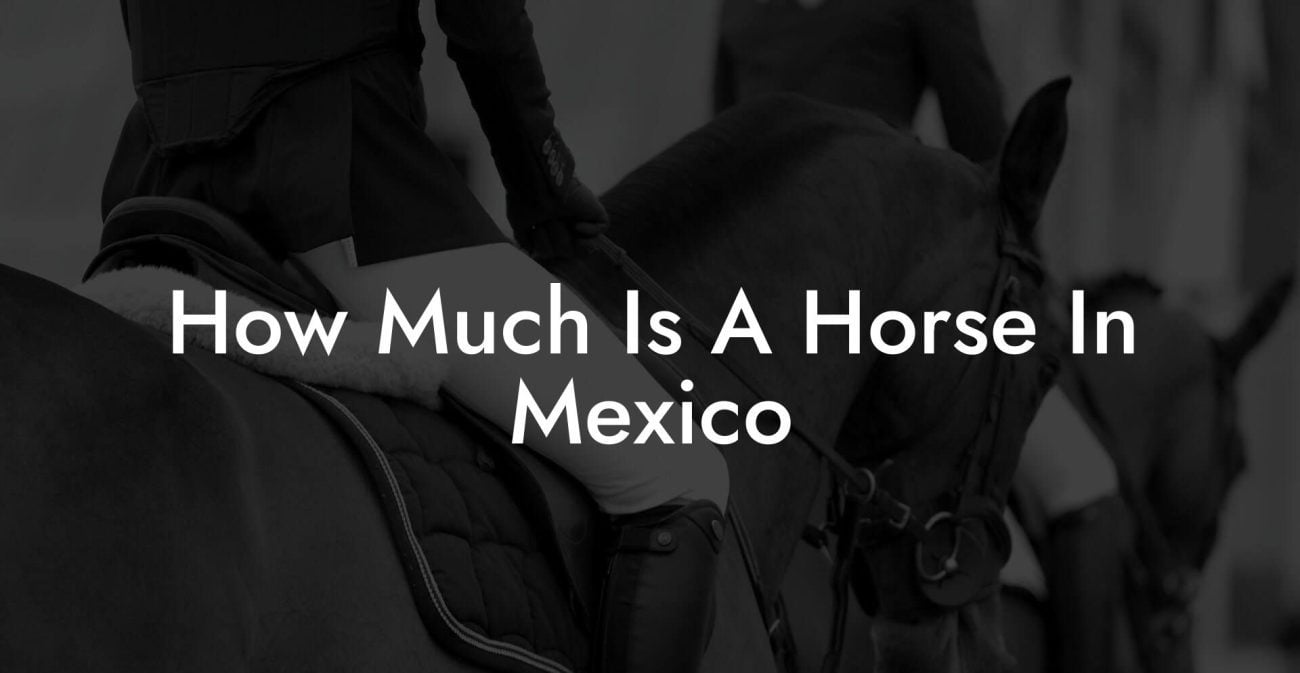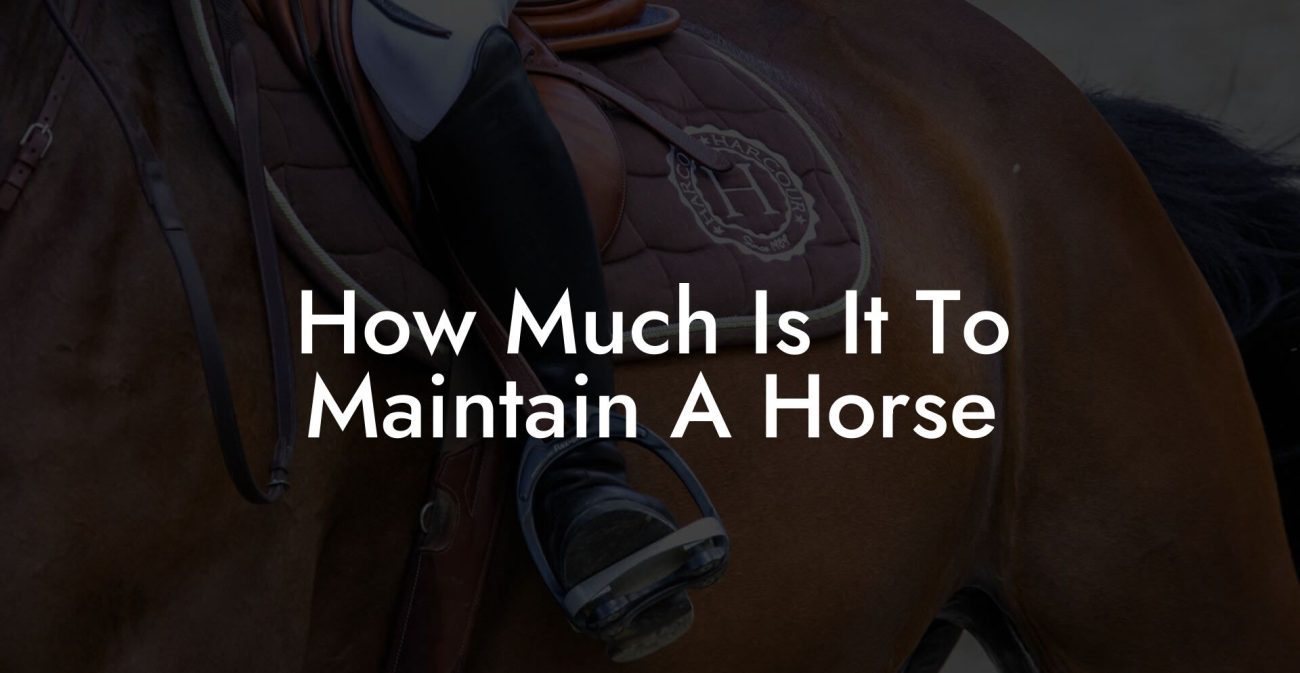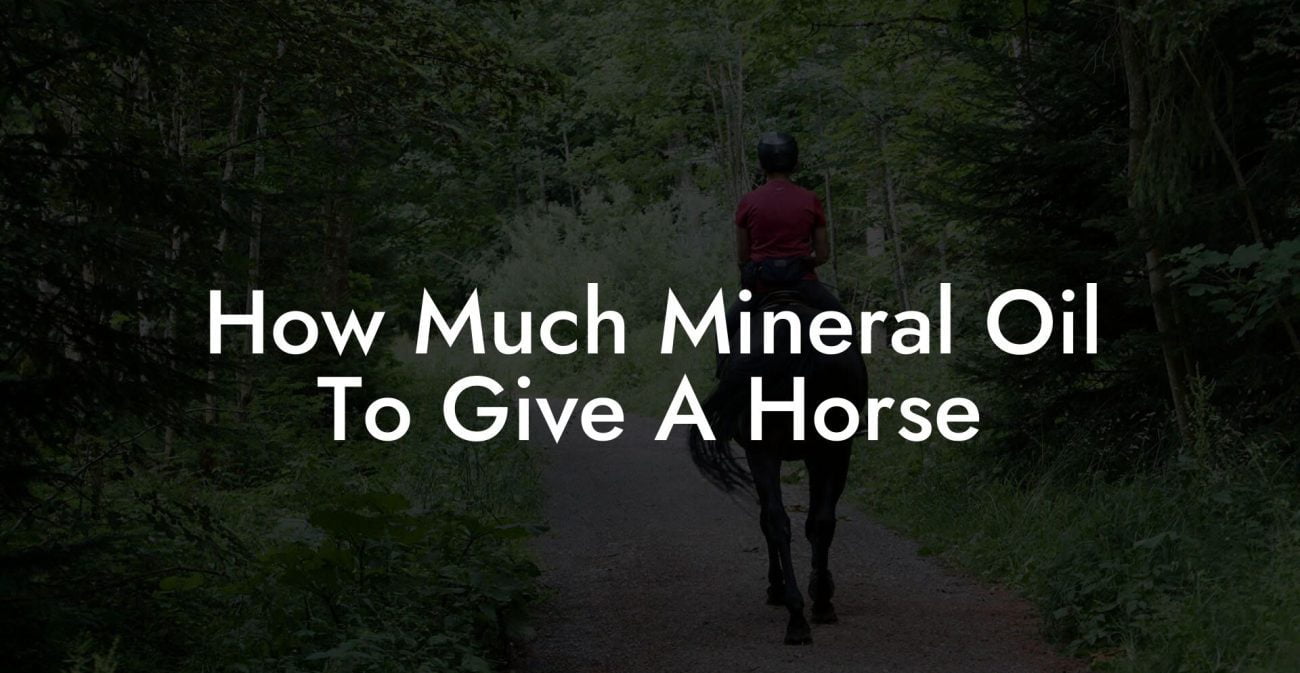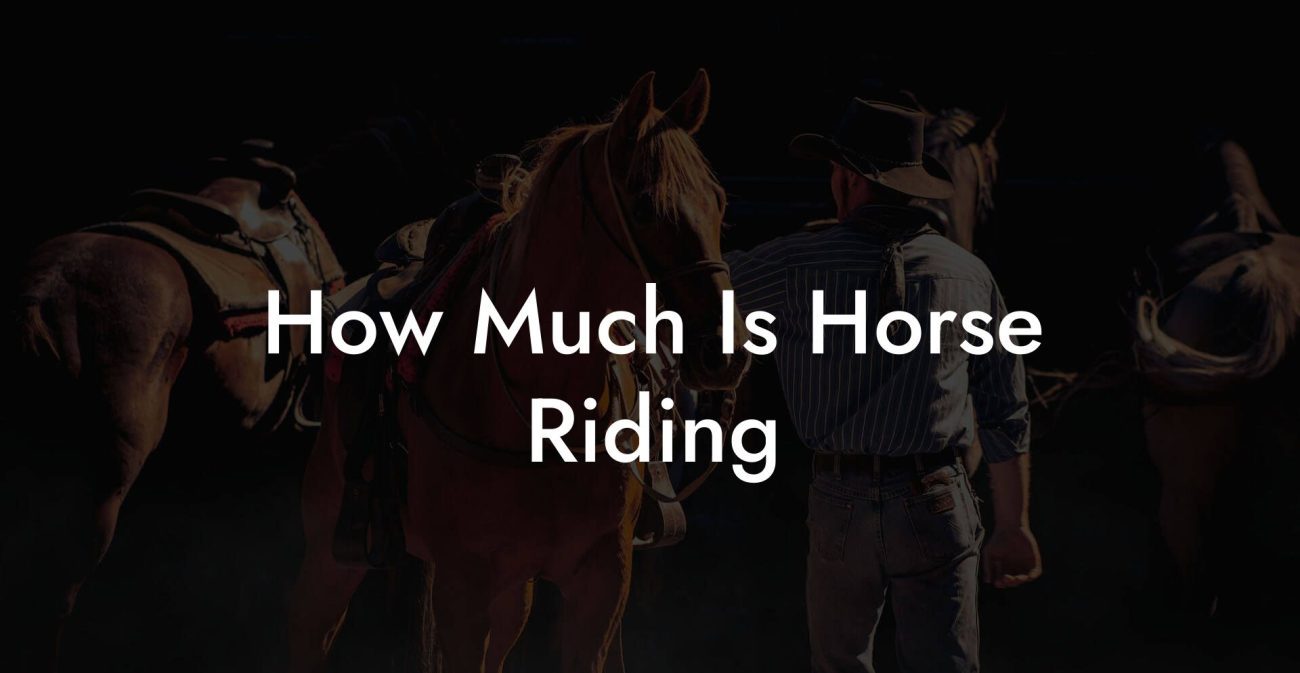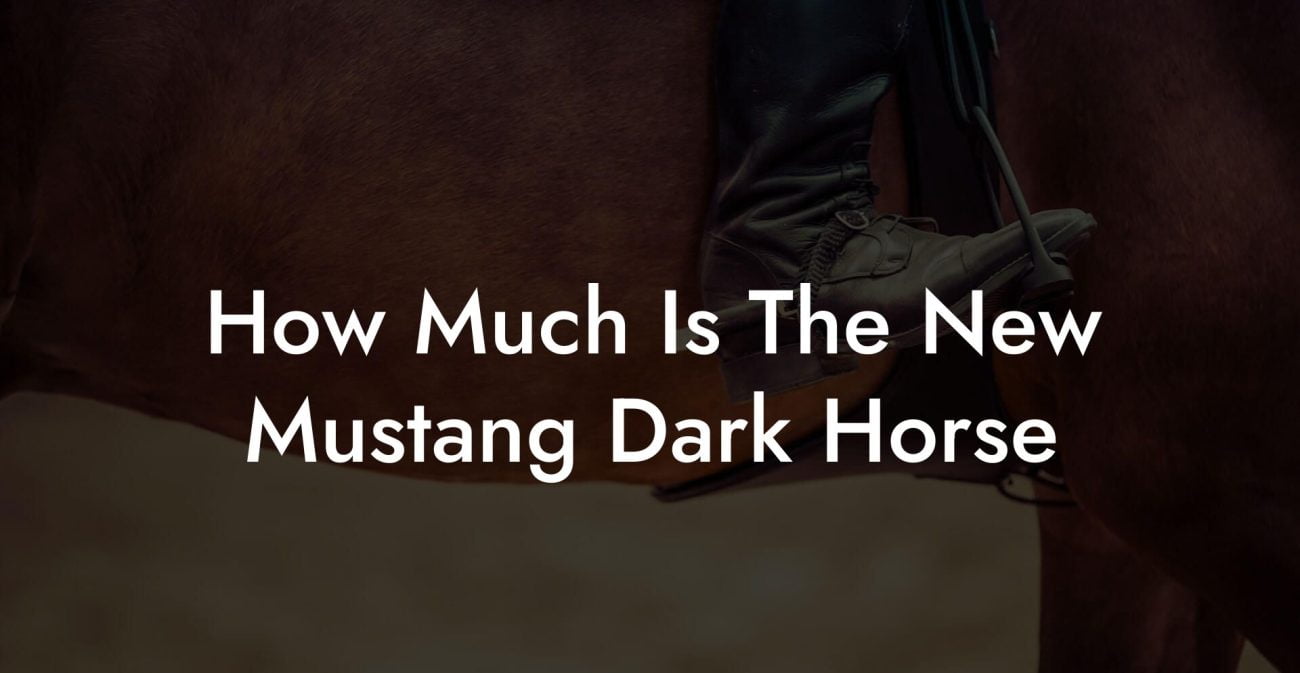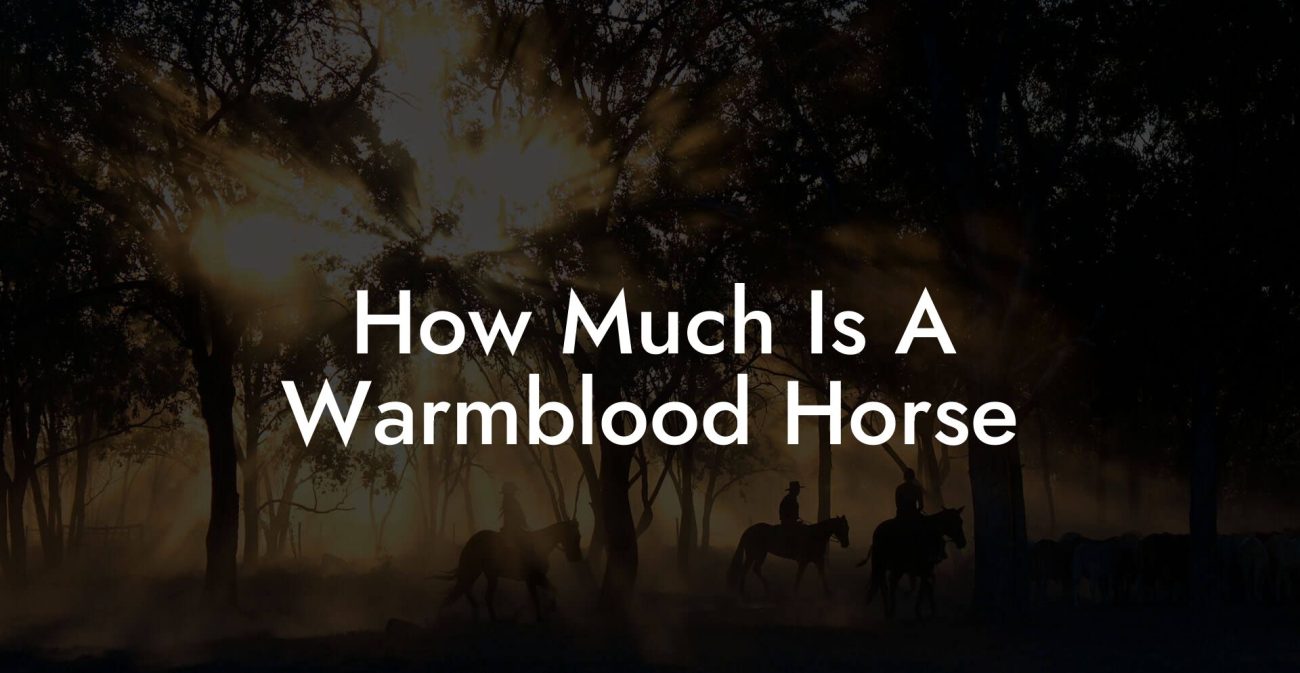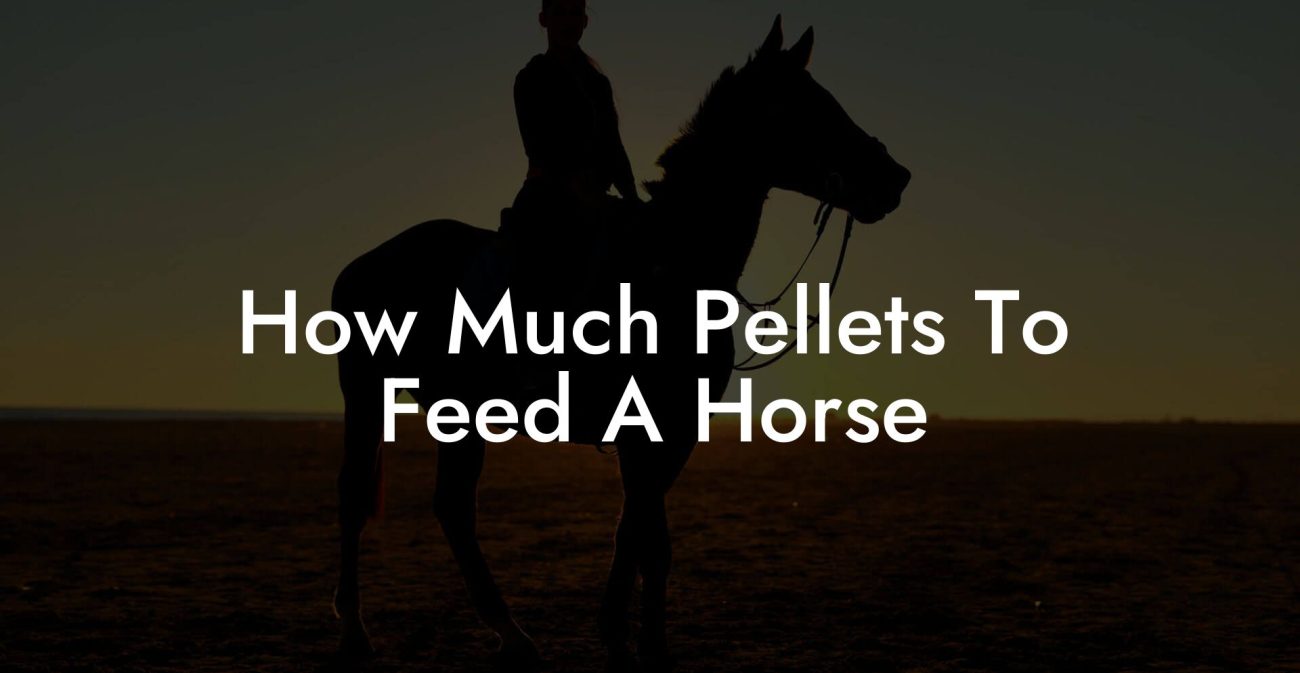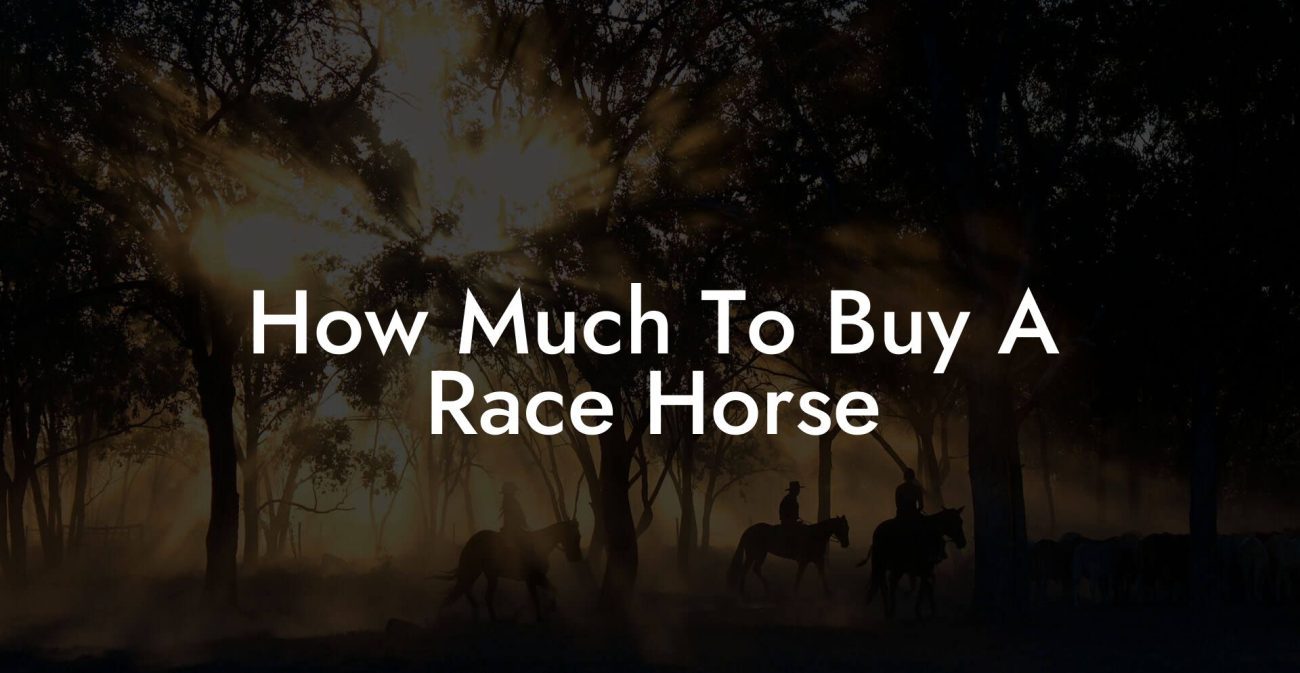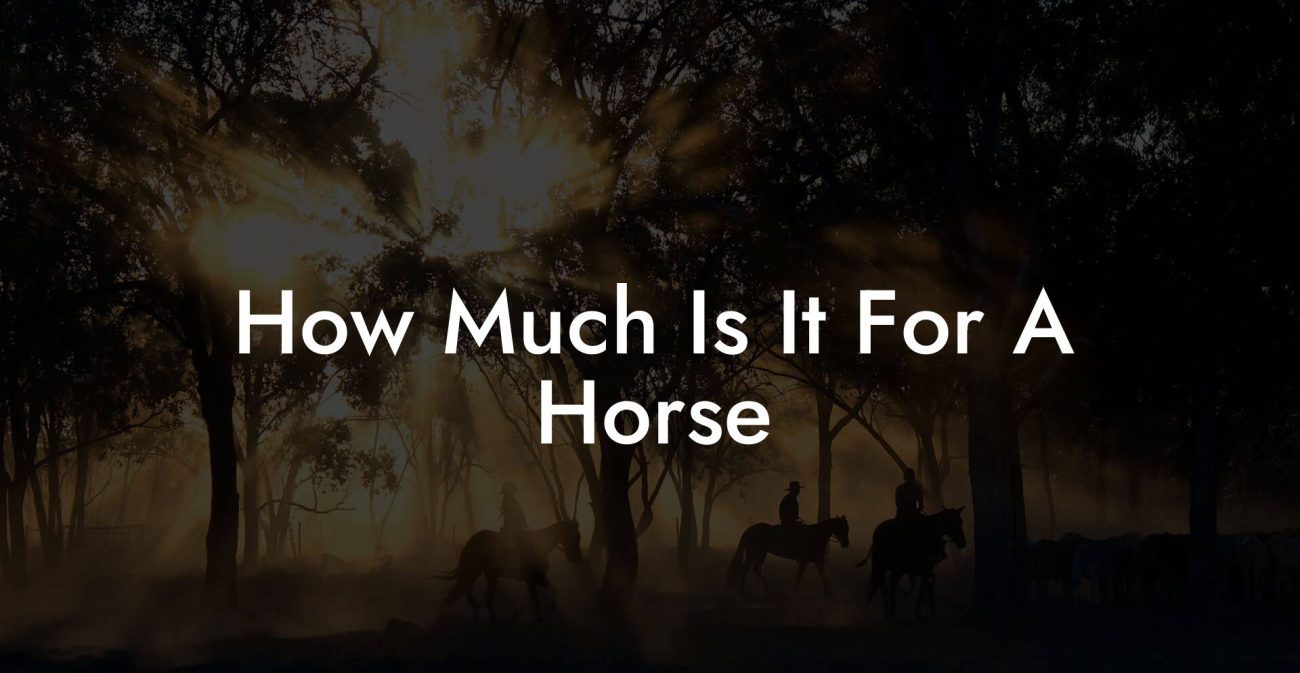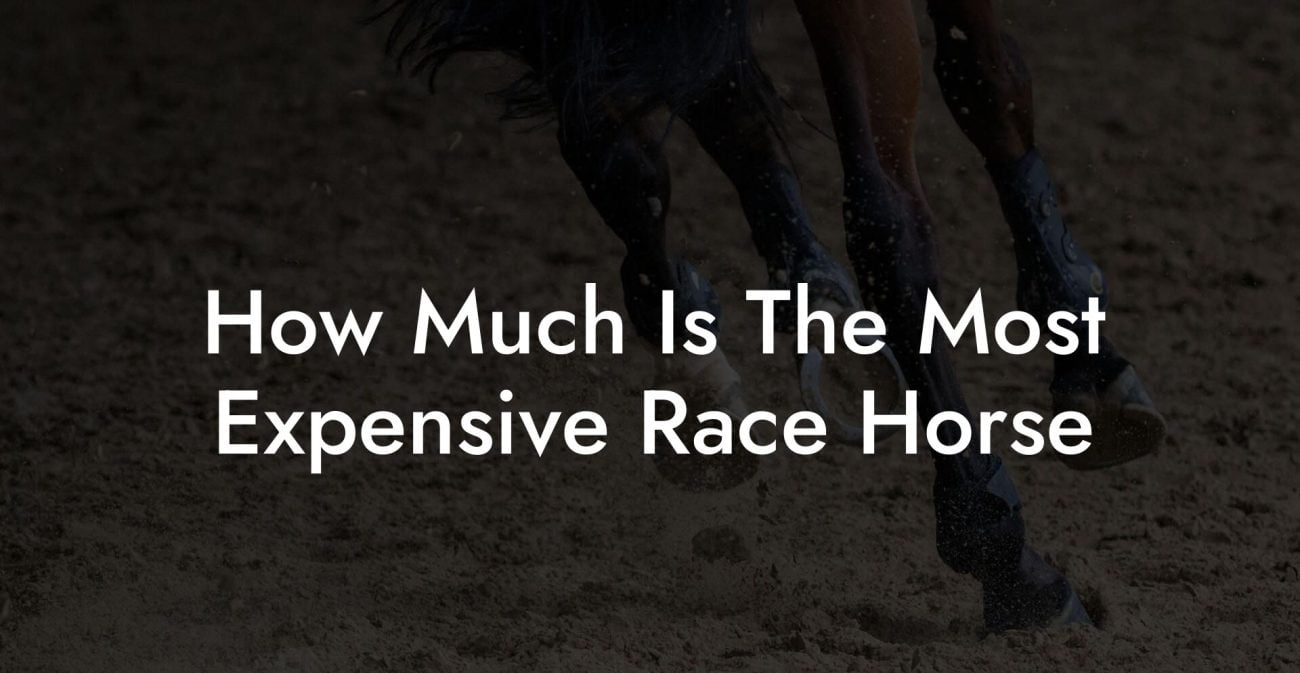Ready to rumble into the world of equestrian awesomeness, where being a heavy rider isn’t just a physical fact, it's a call for smarter horse care? Whether you’re rocking a fuller figure or simply determined to saddle up with confidence, this guide is your ultimate roadmap to choosing, caring for, and bonding with a horse built for a heavy rider. We’re talking about a holistic, no-nonsense adventure into understanding what these majestic creatures need to thrive under extra weight, with plenty of actionable tips, a dash of humor, and a vibe that speaks directly to Gen Z and millennial horse enthusiasts.
Quick Links to Useful Sections
- Understanding the Needs of a Heavy Rider
- Choosing the Right Horse for a Heavy Rider
- Identifying Ideal Breeds
- Physical Conformation and Temperament
- Essential Saddlery and equipment Adjustments for Heavy Riders
- Investing in a High-Quality, Well-Fitting Saddle
- Bridles, Girths, and Additional Gear
- Training, Exercise, and Wellness for Both Horse and Rider
- Tailored Exercise Programs for the Horse
- Fitness and Conditioning for the Rider
- Incorporating Mindfulness into Your Riding Routine
- nutrition and Health Management for the Equestrian Lifestyle
- Feeding Your Horse for Optimal Performance
- Hydration and Supplementation for Both Horse and Rider
- Regular Health Check-Ups and Preventative Care
- Maintaining and Enhancing Horse Performance Under Extra Load
- Monitoring Performance and Adjusting Workloads
- Strengthening the Equine Back
- Leveraging Expert Guidance and Technology
- Expert Insights: What Professionals Recommend for Heavy Rider Horse Care
- Veterinary Perspectives
- Trainers and Saddle Fit Specialists
- Equine Physiotherapists and Massage Therapists
- Case Studies and Real-Life Experiences
- Case Study 1: From Hesitation to Harmony
- Case Study 2: Rewriting the Riding Script
- Case Study 3: The Power of a Proactive Approach
- Resources and Community Support: Your Next Steps
- Heavy Rider Horse Care FAQs: Your Questions Answered
- Your Journey to a Confident, Empowered Equine Partnership
Understanding the Needs of a Heavy Rider
riding isn’t just about the thrill of the open field, it’s also a statement of self-expression, freedom, and strength. For heavy riders, however, there’s an added layer of complexity: ensuring that your equine partner is not only willing but fully equipped, physically and emotionally, to support you. When we talk about heavy rider needs, we aren’t just referring to weight; we’re discussing an intricate balance of comfort, safety, biomechanics, and, most importantly, love for your horse.
It’s crucial to recognize that every horse, like every rider, is unique. Working together means understanding how a horse’s build, temperament, and training can influence and ultimately support heavy riding. This section dives deep into the considerations for selecting the best horse, the modifications required for saddlery, and the training routines that benefit both horse and rider.
Our goal is to empower you with the knowledge to create a partnership that’s not only comfortable and safe but also downright awesome. So, let’s explore what that really means!
Choosing the Right Horse for a Heavy Rider
When it comes to selecting a horse, heavy riders have to consider a few extra factors. Breeds, body conformation, and temperament all play critical roles in ensuring that your equine companion can comfortably carry weight without compromising performance or well-being.
Identifying Ideal Breeds
Some horse breeds are naturally more suited to heavy riding due to their robust build and calm demeanor. For instance, draft horse breeds, such as the Belgian, Shire, or Clydesdale, have been bred over centuries to carry heavy loads. These horses offer plenty of muscle, endurance, and a gentle nature, a fantastic match if you’re looking for resilient support. However, don’t feel boxed into the draft horse category; many modern riding disciplines have adapted to accommodate various horse types that can easily handle a heavy rider’s needs.
It’s worth exploring the merits of warmbloods, Quarter Horses, and even certain Arabians that have been trained for strength and agility. The key factors include a wide back, a solid frame, and a calm temperament. Visiting local stables, consulting with experienced trainers, and even riding different breeds can offer insights into which horse feels right for you.
Physical Conformation and Temperament
Look for horses with a naturally broader back, a strong core, and well-developed muscles. These features indicate that the horse can handle extra weight on long rides without experiencing undue strain. Temperament is equally crucial, a horse with a patient, steady disposition will more likely become a supportive partner than one prone to nervous energy. Gen Z riders, in particular, are tuning into the values of empathy and partnership with their mounts, so that genuine connection beats any stereotype.
When evaluating a potential horse, ask the trainer about the horse’s history: Has it carried heavy loads before? What kind of training does it have? Answers to these questions can vastly improve your selection. Remember, while the horse’s physical attributes are important, a matching spirit is the secret sauce to a long-lasting, successful partnership.
Essential Saddlery and equipment Adjustments for Heavy Riders
Much like customizing your favorite playlist, outfitting your horse with the right saddlery and equipment can transform your riding experience. Innovations in equestrian gear have made it possible for heavy riders to enjoy a ride that’s both comfortable for them and gentle on their horse.
Investing in a High-Quality, Well-Fitting Saddle
The saddle is more than a piece of equipment, it’s the critical link between you and your horse. For heavy riders, a saddle must distribute weight evenly, minimize impact pressures, and prevent discomfort or injury to the horse’s back. Look for saddles designed with extra padding and broader seat areas. Custom-fit options are available at many reputable tack shops, ensuring that the saddle contours perfectly to your horse’s back.
Don’t be afraid to seek advice from equine professionals who understand the nuances of saddle fitting. Regular saddle checks, adjustments, and ensuring your tack is in pristine condition can make a world of difference in preventing issues like sore backs or improper weight distribution.
Bridles, Girths, and Additional Gear
Beyond the saddle, other equipment like bridles, girths, and pads need to be chosen with care. Quality materials that offer both flexibility and durability are a must, consider padded girths and custom bridles that offer extra support without sacrificing control. Tailor-made setups can often be a game-changer, giving you the peace of mind that your horse’s comfort is a top priority.
Additionally, think about functional accessories such as saddle pads, fly protectors, and even shock-absorbing stirrups. With smart investments in equipment designed for extra weight and comfort, you can ensure that every ride is a harmonious blend of style, safety, and support.
Training, Exercise, and Wellness for Both Horse and Rider
Building a successful riding partnership is all about teamwork, physical training and mental preparation for both the horse and the rider pave the way for long-term success. Let’s dive into training strategies, exercise regimens, and wellness protocols that make the heavy rider experience not only feasible but enriched.
Tailored Exercise Programs for the Horse
Just as athletes follow rigorous training schedules, horses benefit immensely from structured exercise routines. For heavy riders, a gradual build-up of strength is essential. Start with low-intensity workouts such as calm trail rides and controlled movements that allow your horse to adapt. Over time, incorporate strength-building exercises focused on core stability and back muscle conditioning.
Don’t rush the process, consistent, incremental progress is key. Engage a knowledgeable trainer who can design a customized exercise program that considers your horse’s current fitness level. This might include swimming sessions, long walks, and specific exercises that target the muscles used during riding. Regular vet check-ups and monitoring of the horse’s condition are important to prevent overtraining and injuries.
Fitness and Conditioning for the Rider
Heavy riding demands a robust core, strong legs, and overall stability. Incorporate exercises like Pilates, yoga, and functional training into your workout routine to enhance balance, posture, and core strength. Working on these attributes not only makes your riding more efficient but also reduces the strain on your horse.
A combination of cardiovascular workouts and strength training can help you build endurance and muscle tone. Think of it as cross-training that benefits both your overall health and your performance as a rider. Remember, a harmonious ride starts with a strong, confident you, so never underestimate the power of a well-conditioned body.
Incorporating Mindfulness into Your Riding Routine
Riding isn’t just a physical activity, it’s also a mental journey. Developing mindfulness techniques such as deep breathing and meditation can help you remain calm and centered, which in turn positively influences your horse. When you’re relaxed and focused, your horse picks up on that energy and responds with greater ease.
Whether it’s spending a few minutes before a ride meditating or incorporating yoga stretches into your day, these practices contribute to a balanced state of mind. By managing stress and tuning into the present moment, both you and your horse can perform at your best, creating a more responsive and enjoyable riding experience.
nutrition and Health Management for the Equestrian Lifestyle
Just as riders need a balanced diet to fuel their workouts, horses too require carefully curated nutrition plans to support their active lives. For heavy riding scenarios, the nutritional needs of the horse and rider can shift dramatically. Here, we break down the essentials of equine nutrition and overall health management.
Feeding Your Horse for Optimal Performance
A horse that regularly carries heavy loads needs a diet that not only fuels energy but also supports muscle repair and joint health. High-quality hay, nutrient-dense grains, and specialized supplements (like joint support or omega fatty acids) can help your horse build endurance and recover faster from strenuous work. It’s important to work closely with your veterinarian or equine nutritionist to develop a feeding regimen tailored to your horse’s specific needs.
Regularly monitor your horse’s weight and body condition score to ensure that its diet is balanced, too little sustenance might lead to fatigue, while too much could result in unwanted stress on joints and muscles. Look for signs like subtle shifts in coat quality, energy levels, and overall vitality as indicators that your horse’s diet is on point.
Hydration and Supplementation for Both Horse and Rider
Hydration is a cornerstone for peak performance. Drinking plenty of water throughout the day is vital for horses, as it aids digestion, regulates body temperature, and supports overall health. In transcendent weather conditions or after intense exercise sessions, ensure that your horse always has access to fresh, clean water.
For riders, maintaining hydration is equally important, especially when tackling long rides under the sun. Combine water with electrolyte-rich drinks to stay energized and refreshed. Supplementation with vitamins and minerals can provide an extra edge, supporting muscle function and aiding in recovery.
Regular Health Check-Ups and Preventative Care
Preventative care is an essential part of maintaining a thriving equine lifestyle. Schedule regular veterinary check-ups for your horse, encompassing dental care, hoof trimming, and routine health screenings. For heavy riders, these check-ups become even more crucial to mitigate risks like back injuries or joint wear.
Similarly, don’t overlook your own health. Routine physical exams and assessments can help detect early signs of stress or injury, ensuring that you and your horse continue to enjoy your adventures together. Investing in preventative care now can save you from dire consequences down the road.
Maintaining and Enhancing Horse Performance Under Extra Load
Pushing the limits doesn’t mean neglecting the well-being of your equine partner. Maintaining peak performance for a horse tasked with extra load requires a blend of smart training, regular care, and early detection of strain. This section is your guide to keeping your horse fit, happy, and ready for the next adventure.
Monitoring Performance and Adjusting Workloads
It’s essential to regularly assess how well your horse is coping with the extra weight. Keep an eye on performance indicators such as gait, stamina, and recovery time. Subtle changes might be early warnings of fatigue or stress. Maintain a riding log that records training intensity, duration, and your horse’s behavior. With data in hand, adjusting your riding schedule or modifying workout routines becomes proactive rather than reactive.
Use technology where possible, a heart rate monitor for horses or a mobile app can help track performance metrics over time. This data-driven approach ensures that your horse’s workload grows at a sustainable pace, balancing ambition with animal welfare.
Strengthening the Equine Back
The equine back is the primary structure that absorbs the shock of every ride, so its health is paramount. Incorporate massage therapy, stretching exercises, and physical therapy techniques to keep your horse’s back muscles supple and strong. Many stables offer specialized routines designed to improve flexibility and reduce stiffness. Even simple practices, such as allowing your horse time to unwind after intense sessions, can make a big difference.
Additionally, consult with equine physiotherapists who offer manual therapy techniques and targeted exercises that reduce muscle tension. A healthy and responsive back means your horse can better support a heavy rider without discomfort.
Leveraging Expert Guidance and Technology
The modern equestrian scene is bursting with experts who utilize the latest technology to maintain performance. From digital gait analysis to high-tech saddle sensors, these innovations provide insights that can preempt injuries and enhance performance. Don’t hesitate to invest in a consultation with professionals who can assess your riding dynamics and recommend custom solutions tailored just for you and your horse.
Such technologies, combined with traditional wisdom and expert advice, create a proactive ecosystem where both horse and rider can excel, proving that innovation and tradition make the perfect team.
Expert Insights: What Professionals Recommend for Heavy Rider Horse Care
You’re not alone on this journey; top equine professionals have paved the way with insights, research, and practical tips for heavy riders. From veterinarians and physical therapists to seasoned trainers, this section distills expert advice into actionable strategies.
Veterinary Perspectives
Most vets emphasize the importance of early intervention in preventing musculoskeletal issues. Regular check-ups, tailored exercise regimens, and specialized supplements are often recommended. Veterinarians also stress the importance of working closely with a nutritionist to ensure that the horse’s diet evolves alongside its workload.
They suggest that early detection of discomfort or strain through monitoring behavioral changes can prevent long-term damage. In other words, “listen to your horse” is not just a catchphrase, it’s a medical imperative.
Trainers and Saddle Fit Specialists
Equine trainers advise a balanced approach: gradual build-up, frequent breaks, and consistent training routines are described as the building blocks of a successful rider-horse partnership. Saddle fitter experts add that investing in custom equipment isn’t a luxury, it’s an investment in longevity and performance for both rider and horse.
Experts often share their personal experiences: many heavy riders report that with the right saddle, new training methods, and a bit of adaptability, both horse and rider can overcome challenges that initially seemed insurmountable.
Equine Physiotherapists and Massage Therapists
The role of continuous care, such as regular massage therapy and physiotherapy, is amplified for horses carrying extra load. These professionals provide techniques that improve muscle tone, enhance flexibility, and aid in faster recovery. Their advice often includes stretching routines, manual therapy, and specific exercises tailored to ensure that the horse’s musculoskeletal system remains resilient.
With insights from these experts, you’ll soon learn that heavy riding is as much about nurturing a living, breathing, feeling partnership as it is about technical performance.
Case Studies and Real-Life Experiences
Sometimes, nothing beats real-life stories to illustrate that heavy rider success is entirely achievable. Here are a few narrative snapshots that showcase inspiring journeys, challenges overcome, and the joy of riding with a partner who’s built for the task.
Case Study 1: From Hesitation to Harmony
Jenna, a spirited millennial with a curvy frame, initially struggled to find a horse that could meet her riding expectations. After months of research and several trial rides, she partnered with a gentle warmblood known for its durability. With custom-fitted tack and a progressive training regimen, Jenna soon discovered that her horse not only accommodated her weight but thrived on the challenge. Their synergy blossomed into trust, proving that the right adjustments and expert guidance can turn hesitation into harmony.
Case Study 2: Rewriting the Riding Script
Mark, a heavy rider with a passion for trail riding, faced skepticism from some traditional trainers. Determined to break the mold, he sought advice from a team of equine professionals and invested in high-tech saddle modifications. By embracing a tailored fitness program for both himself and his horse, Mark transformed what many considered a challenge into a badge of honor. Today, he advocates for adaptive riding practices that champion diversity and inclusivity in the equestrian world.
Case Study 3: The Power of a Proactive Approach
Lisa’s journey began with small, consistent changes, a revised diet for her horse, a new exercise routine, and frequent check-ins with her local vet. Over time, the improvements were undeniable: her horse displayed increased endurance, smoother gaits, and a newfound willingness to tackle longer rides. Lisa’s story is a testament to the importance of proactive care, emphasizing that even small adjustments can lead to big, lasting results.
These stories illustrate that no matter your size or background, a thoughtful, customized approach can create a phenomenal riding experience. The secret lies in combining expert advice, innovative gear, and personal dedication to redefine what heavy riding can truly be.
Resources and Community Support: Your Next Steps
The journey to creating a safe and satisfying riding experience doesn’t have to be a solo ride. Numerous resources and vibrant communities are out there, ready to offer advice, share experiences, and provide support every step of the way.
Begin by exploring online forums and social media groups centered around equestrian diversity and adaptive riding. There are specialized communities that celebrate riders of all shapes and sizes and are eager to share tips on tack adjustments, training modifications, and nutritional advice, for both horses and riders.
Look into reputable websites, local equestrian clubs, and even webinars hosted by equine experts. Books, podcasts, and video channels dedicated to horse care and heavy riding techniques can also offer fresh perspectives and new ideas.
Connecting with a local riding coach or equine therapist who has experience with heavy rider dynamics is another strong step forward. These professionals can provide personalized insights, tailored equipment recommendations, and ongoing support to keep both you and your horse performing at your best.
Remember, your journey toward a fulfilling riding partnership is a continuous evolution. Educate yourself, tap into the community’s collective wisdom, and take actionable steps that lead to a safe, confident, and inspiring equestrian lifestyle.
Heavy Rider Horse Care FAQs: Your Questions Answered
Below are some frequently asked questions that address common concerns and considerations regarding the care of horses for heavy riders. From understanding equipment needs to tips on training, these FAQs are designed to empower you with reliable insights.
1. What characteristics should I look for when selecting a horse as a heavy rider?
Focus on horses with a strong, well-muscled build, a broad back, and a calm temperament. Breeds like draft horses, warmbloods, or certain Quarter Horses often make excellent choices, but it’s essential to match personality and physical conformation to your riding style.
2. How does a custom saddle benefit heavy riders?
A custom or well-fitted saddle distributes your weight evenly, reduces undue pressure on your horse’s back, and supports proper alignment. This minimizes the risk of injury and enhances overall comfort for you and your horse.
3. Are there specific training modifications for heavy rider pairs?
Yes. Both horse and rider may benefit from gradual, specialized training programs. This can include targeted exercises for core strength, stretching routines, and regular breaks to prevent overexertion. Working with a knowledgeable trainer can help ensure your program meets your pair’s unique needs.
4. How important is routine veterinary care for horses carrying heavy loads?
Routine veterinary care is crucial. Regular health check-ups, dental exams, preventive therapies, and continuous monitoring help ensure that your horse remains in peak condition despite the additional physical demands.
5. Can technology help monitor my horse’s well-being?
Absolutely. Devices like heart rate monitors, gait analysis apps, and biofeedback tools can provide vital data on your horse’s performance and overall health, allowing you to adjust training routines proactively.
6. What nutritional adjustments might a horse need if it consistently carries a heavy rider?
Horses performing extra tasks often require a diet rich in quality hay, protein, and essential vitamins. Supplements such as omega fatty acids and joint support formulations can be beneficial. Always consult with a veterinarian or equine nutritionist for a customized plan.
7. How can I build a better bond with my horse as a heavy rider?
Consistency, patience, and open communication are key. Engage in both structured training and downtime activities such as grooming or leisurely rides. Developing trust and mutual respect will enhance your partnership.
8. What are the best practices for preventing back strain in my horse?
Ensure proper equipment fit, schedule regular physiotherapy or massage sessions, and incorporate strength-building exercises into your horse’s routine. Monitoring the horse’s behavior for early signs of discomfort is also essential.
9. Can heavy riders learn to ride safely and comfortably?
Absolutely. With the right training, equipment modifications, and community support, heavy riders can enjoy a safe, empowered, and enjoyable riding experience.
10. Where can I find supportive communities for heavy riders?
Begin with online forums dedicated to adaptive riding, social media groups, local equestrian clubs, and resource centers that specialize in diverse rider profiles. These communities are full of tips, shared experiences, and expert recommendations.
Your Journey to a Confident, Empowered Equine Partnership
Embracing your identity as a heavy rider isn’t just about overcoming challenges, it’s about transforming them into opportunities. With the right horse, customized equipment, expert guidance, and a proactive approach to training and wellness, you and your equine partner can create a paradigm of strength, mutual respect, and genuine connection.
Every tailored saddle adjustment, every mindful ride, and every community-shared tip adds up to a broader movement toward inclusivity and smart horsemanship. This journey is about celebrating what makes you unique, understanding the intricacies of horse care designed specifically for heavy riders, and embracing a lifestyle where every ride is a testament to empowerment.
So saddle up with pride, keep learning, and let every ride be an adventure filled with passion, humor, and the joy of genuine partnership. The path to a robust equine relationship is wide open, grab that rein, trust in the process, and embark on this transformative journey towards a confident, empowered future in riding.

